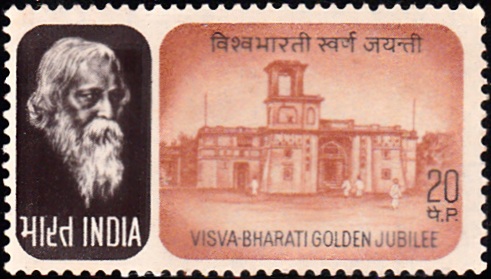
Visva Bharati
A commemorative postage stamp on the Golden Jubilee of Viswa Bharati University, a public central university in Shantiniketan, founded by Rabindranath Tagore in 1921 :
Issued on Dec 24, 1971
Issued for : The Visva-Bharati completed 50 years of its very useful service to the nation in 1971. The P&T Department feel privileged in commemorating the Golden Jubilee of this national institution by bringing out a special postage stamp to mark the occasion.
Description of Design : The design of the stamp is horizontal and depicts a portrait of Rabindranath Tagore on the left and the Visva-Bharati building on the right hand side of the portrait.
The design of the stamp is adapted from the original prepared by Shri Charanjit Lal, Artist, P&T Directorate, New Delhi.
Type : Stamp, Mint Condition
Colour : Burnt Sienna & J B A’s Brown
Denomination : 20 Paise
Overall Size : 4.06 X 2.28 cms.
Printing Size : 3.80 X 2.0 cms.
Perforation : 14 x 14½
Watermark : Printed on unwatermarked adhesive stamp paper
Number Printed : 30,00,000
Number per issue sheet : 50
Printing Process : Photogravure
Designed and Printed at : India Security Press
About :
- Visva-Bharati, the internationally famous seat of learning founded by Rabindranath Tagore, grew out of the Santiniketan Asrama founded in 1863 by Maharshi Devendranath Tagore, father of Rabindranath Tagore. In December 1901, an experimental school was started here by Rabindranath Tagore with only 5 students on the roll, mainly, as a result of his reaction against the joyless, mechanical system of education then prevailing in the country. The Government of the time was positively hostile to the institution and the school was never in a very flourishing condition financially. Nevertheless, the school was kept going mainly by efforts put in by a band of devoted workers who had gathered around Rabindranath. It was about the year 1912 Rabindranath was fortunate in securing the services of C. F. Andrews and W. W. Pearson who came to Santiniketan to share his work. For a short time even Mahatma Gandhi had made Santiniketan his home along with the students of his Phoenix School. However, in later years his other pre-occupations did not permit his being actively associated with Santiniketan even though Santiniketan always remained dear to his heart.
- After his tour of Japan and America, in December 1918, Rabindranath Tagore began to actively pursue the idea of creating an institution at Santiniketan which would be a true centre for all the different cultures of the East. He received the most warm and sincere cooperation from his colleagues in this endeavour. The name ‘Visva-Bharati’ came into existence at about this time and its motto – Yatra Visvam Bhavatyekanidam “Where the world makes its home in a single nest” was chosen. From 1919 arrangements were made at Visva-Bharati for providing courses of higher studies in Buddhist Literature, Vedic and Classical Sanskrit, Pali, Prakrit etc. Art and Music occupied an important place in Rabindranath‘s system of education. The art section was fortunate to have the guidance of the renowned Nandalal Bose.
- The formal inauguration of Visva-Bharati took place in December 1921. As Rabindranath has put it; “Visva–Bharati represents India where she has her wealth of mind which is for all. Visva–Bharati acknowledges India’s obligations to offer to others the hospitality of her best culture and India’s right to accept from others their best.“ Visva-Bharati soon became alive with various activities. A number of distinguished educationists and scholars flocked to this place from various countries abroad and from various parts of India. The practical idealism of Rabindranath also found shape here in the Institute of Rural Reconstruction which he established at Sriniketan about a mile from Santiniketan.
- After the death of its founder in 1941, Visva-Bharati had a difficult period for sometime. Abanindranath Tagore, the renowned artist, held the reins of the institution for some years, in spite of his failing health. After Abanindranath Tagore, Srimati Sarojini Naidu, the eminent poetess of India held the office of Acharya of the Visva-Bharati till her death. Shri Jawaharlal Nehru was then elected the Acharya of Visva-Bharati.
- Considering the importance of the institution, the Indian Parliament declared Visva-Bharati in May 1951 to be an institution of national importance and it was incorporated as a residential university by an Act of the Parliament and Shri Jawaharlal Nehru became the first Chancellor of the University.



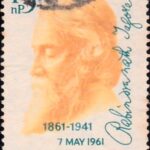
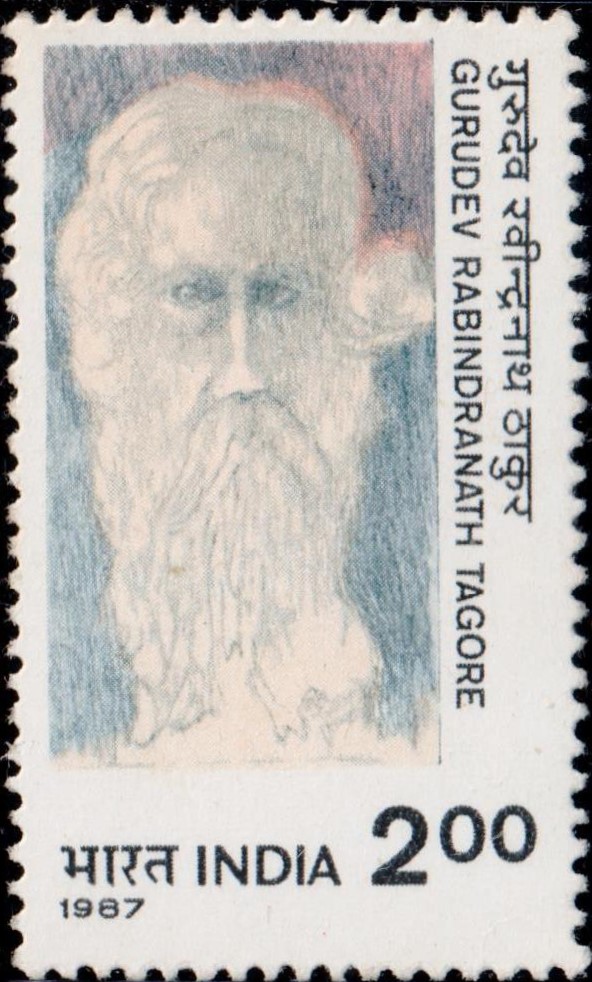
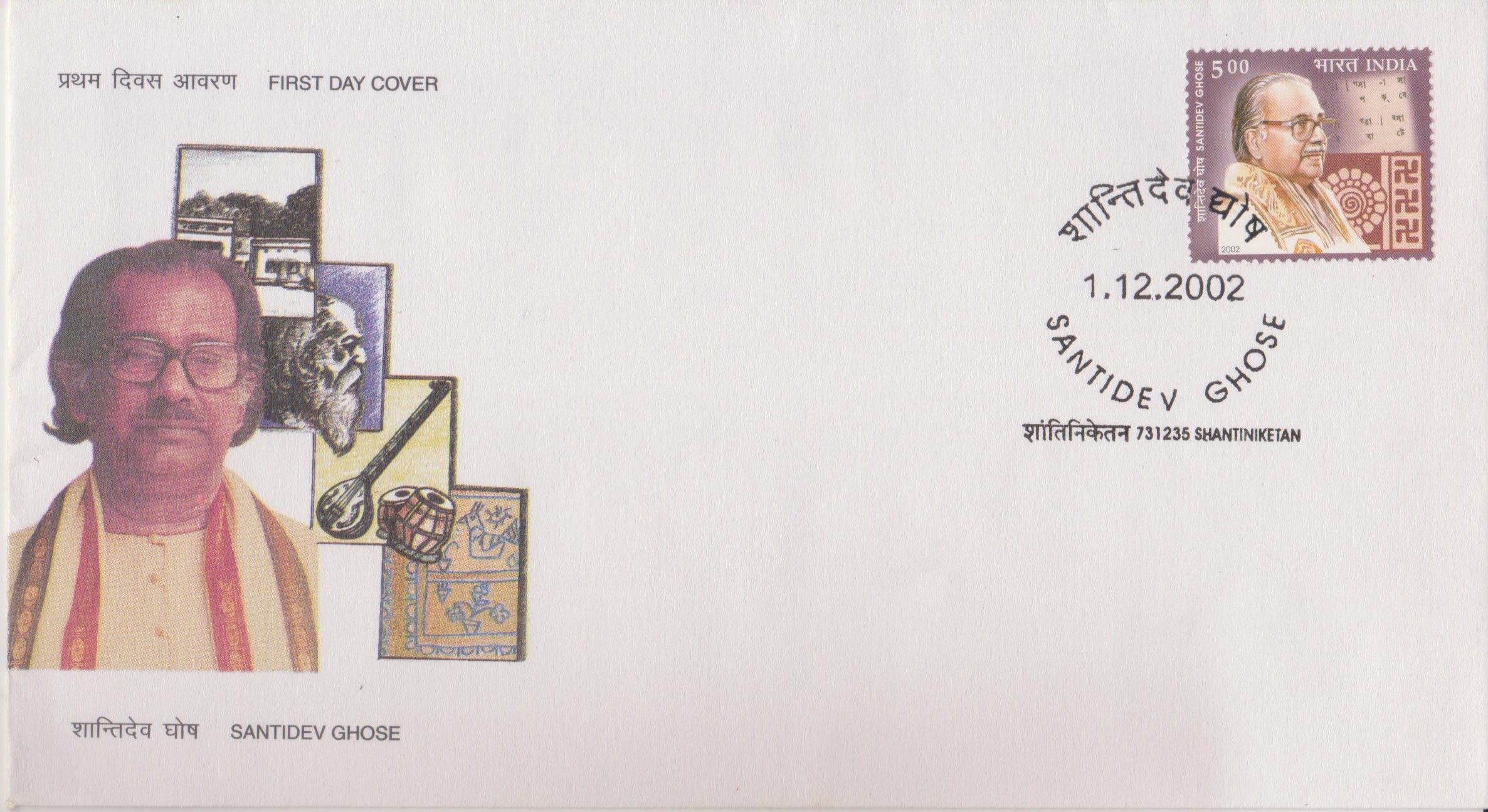
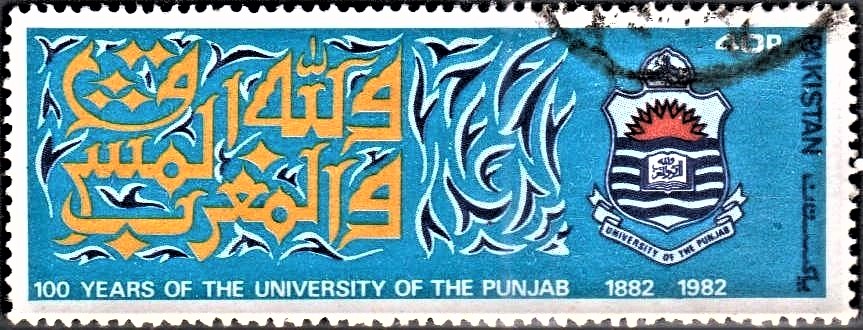
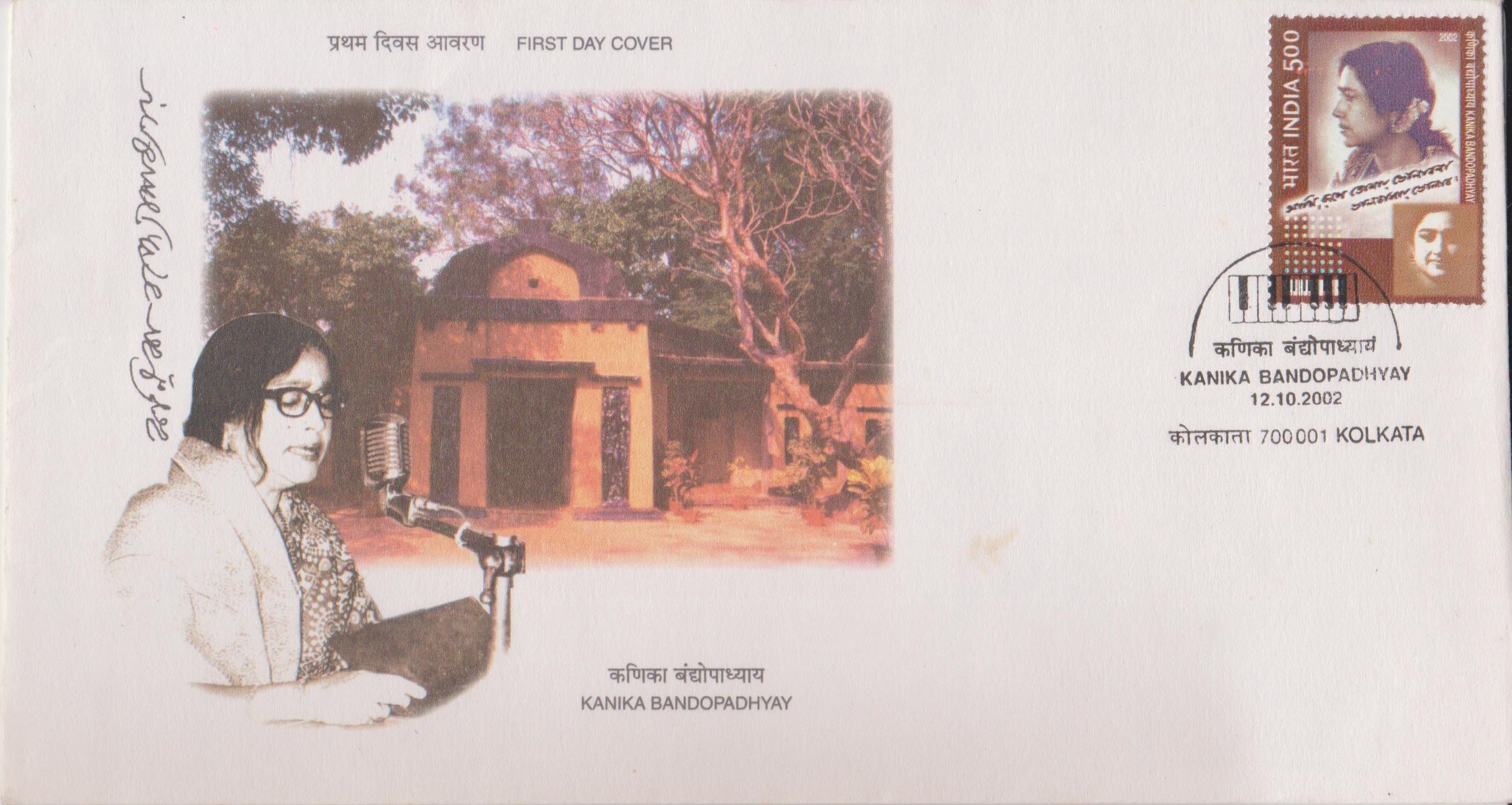
[…] at Chandpur (presently in Bangladesh), Santidev came to Santiniketan with his parents when he was only a baby of six months. He attended school at Santiniketan and […]
[…] as she was with a melodious voice, her talents were nurtured and nourished at the Sangeet Bhavan in Viswa Bharati University. She was trained in both classical music and Rabindra Sangeet and was fortunate to be taught and […]
[…] He was closely associated with the poet Rabindranath Tagore and was one of the two Secretaries of Vishwabharati when it was founded. He wrote a number of literary and philosophical articles in Bengali and […]
[…] held various important positions including the post of Vice Chancellor, Visva Bharati, and he was a National Professor of Physics. He was made a fellow of the Royal Society (London) in […]
[…] he enjoyed illustrating for years to come. At his insistence, Nandalal joined the Kala Bhavan, Santiniketan in 1920, and remained its Principal until he retired in […]
[…] Badrinath, Kedarnath, Amarnath and Nepal. His restless spirit took him to Belur math and then to Shantiniketan where he joined the teaching staff and was affectionately called “Dattubabu” by Gurudev […]
[…] from the Presidency College, Calcutta, in Economics and then his artistic inclinations took him to Shantiniketan of Tagore – a friend of the Ray family. At Shantiniketan his predilections for western art […]
[…] he set up two unique school : Patha Bhavan and Siksha Satra and an international University Visva Bharati […]
[…] a Poet, but as a Rishi …. His creative genius has also given us Santiniketan, Sriniketan and Vishwa-Bharati. These breathe his spirit and are a legacy not only to Bengal but to India. Santiniketan has become […]
[…] Province. He took to auditing and qualified as a Chartered Accountant. B.N. Reddi wanted to join Shantiniketan, but parental reluctance made him stay in Madras and prepare for Chartered Accountant Examination. […]
[…] Many recognitions and awards came his way: Sangeet Natak Academy Award (1956), Padma Shri (1961), Padma Bhushan (1968), Padma Vibhushan (1980) are some of the examples of a nation’s gratitude and affection toward the musical genius. He was also conferred with the highest civilian award ‘Bharat Ratna’ in 2001. He was awarded honorary Doctorates by Benaras Hindu University, Visva Bharati University. […]
[…] the year, the two best-known ones are the Jaydev–Kenduli Mela, and the Poush Mela at Santiniketan. While the Poush Mela has become a major tourist destination, the Jayadeva–Kenduli Mela […]
[…] got her early education in Switzerland and at Oxford, and in India at Bombay, Pune and at the Vishwa Bharati, […]
[…] child will be the new soul of India“. Indira Priyadarshini had her early education in Vishwa Bharati, Shantiniketan and Switzerland. Later she joined Sommerville College at Oxford, […]
[…] association with the Tagores greatly influenced his early life. He joined Rabindranath at Santiniketan in 1919 and became the Principal of Kala Bhavan in 1922. In the ideal setting of Kala Bhavan […]
[…] Natak Academy and was honoured by the President of India with the title of ‘Padma Bhushan’. Vishwa Bharati University conferred the title of ‘Doctor of Literature’ on […]
[…] Ray studied at the University in Calcutta and later came to Shantiniketon in 1940 and joined Vishva Bharati university of Rabindranath Tagore to study art. He began his career as a commercial artist. He founded […]